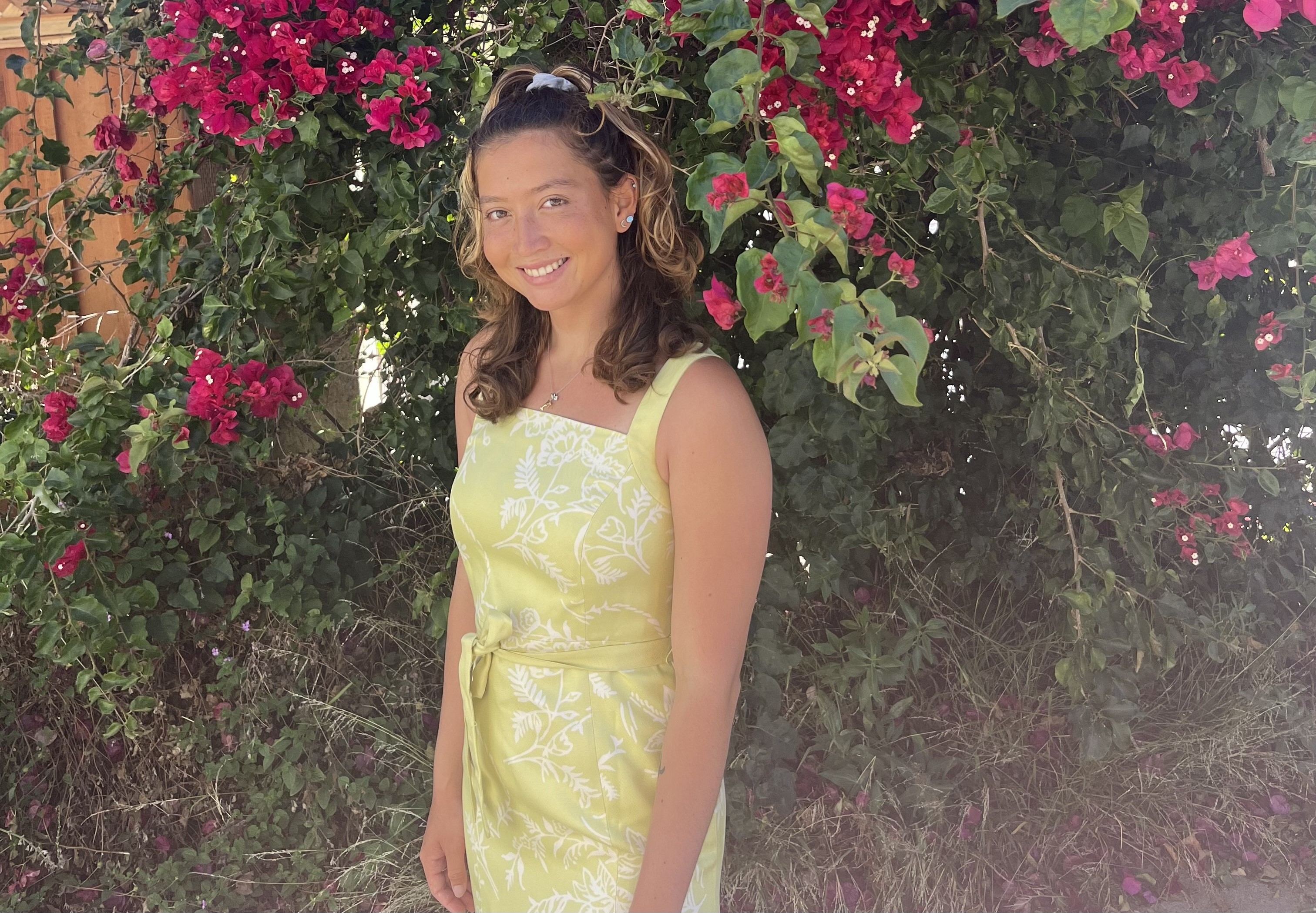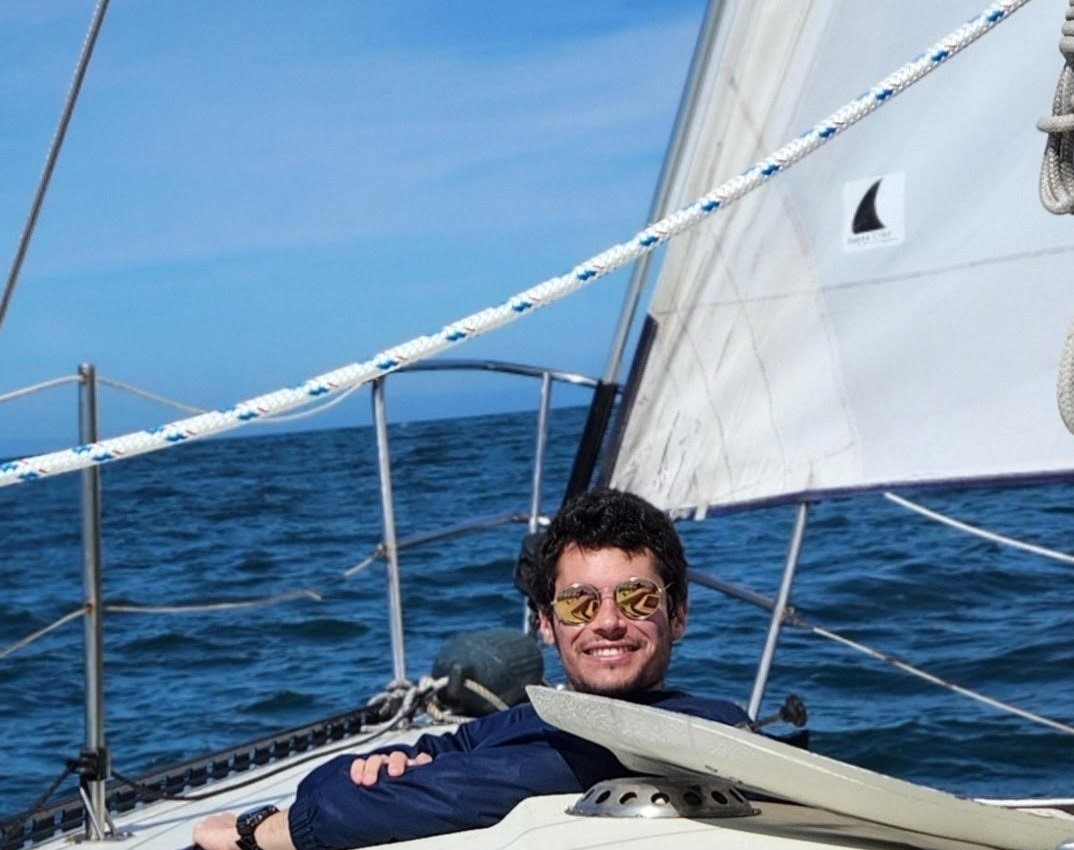Environmental Science MS
ENSCI Sweeps the 2024 CSUMB and CSU Grad Slam!
CSUMB recently hosted its third annual Grad Slam - a campus-wide competition for the best short oral research presentation by a graduate student.
Based on the internationally popular “Three Minute Thesis”, the CSUMB Grad Slam was open to any CSUMB graduate student with a significant research project to present on. Participants represented a wide range of research areas including science, social science, and humanities. During the competition, graduate students were judged by a panel based on their ability to successfully engage a non-specialist audience while communicating key details about their research in three minutes or less with just a single PowerPoint slide.
The Environmental Science master's program (ENSCI) was well represented by several graduate students during this competition. Most notably, two ENSCI graduate students were chosen as the winning recipients at the end of the competition.
Alyssa went on to compete at the CSU-wide state competition on Friday, May 3 and won 1st place!

First Place Winner
Alyssa Anzalone
“Understanding the risk of microplastics in the Pajaro and San Lorenzo rivers”
“Microplastics are an emerging pollutant type present in every ecosystem and environmental medium. While plastics have many beneficial uses for people, they can harm organisms by causing tissue translocation, illness, and death. It is important to establish how much risk microplastics pose to freshwater organisms because most microplastic studies focus on marine ecosystems. I determined a risk assessment threshold for microplastics in the agricultural Pajaro and urbanized San Lorenzo rivers using NOAA’s National Centers for Environmental Information data. I found that both rivers have relatively low risk and microplastic abundance. Monitoring frequency should still increase to ensure the risk of microplastics does not increase to a level where harm could come to sensitive-species.
Thank you to my advisors, friends, family, NOAA CCME-II, CSUMB, Hopkins Marine Station of Stanford University, the Moore Institute, and NOAA. I couldn't have done this without you!”

People’s Choice Winner
Gerhard Gross
“Assessing stream geomorphic change following the San Clemente Dam removal”
“My Grad Slam presentation focused on research I helped conduct on the Carmel River following the removal of the San Clemente Dam as part of a 10-year monitoring program to assess changes to the river’s physical morphology and river bed grain size. The San Clemente Dam was removed in 2015 due to seismic hazard, low storage capacity, and ecological impacts. The dam removal project was designed to minimize downstream impacts to steelhead trout habitat and flood frequency by sequestering a large fraction of reservoir sediments on site. Using auto-level surveys, I investigated how the shape of the river bed has changed over time and how it has affected flood risk to downstream communities. My results indicated that the dam removal project met its aims of mitigating downstream flood risk, showing net erosion at most survey sites with the exception of sediment deposition at one site, which will require further monitoring to assess flood risk.”
Congratulations on your presentations, Alyssa and Gerhard! We are otterly proud of you!